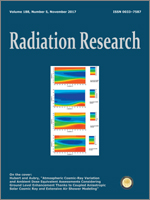
Growth Differentiation Factor 11 does not Mitigate the Lethal Effects of Total-Abdominal Irradiation
No abstract available
